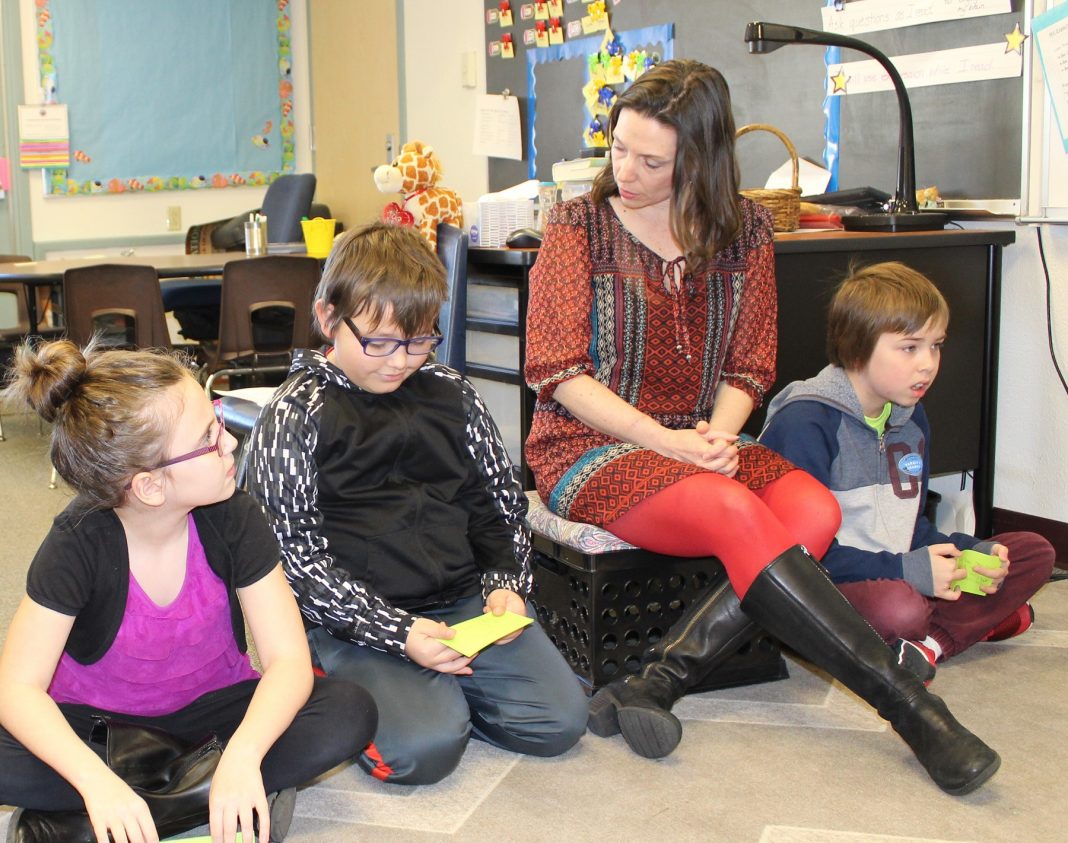School is more than just a place where we learn how to read, solve equations, and problem solve. It is also where students discover HOW to learn and practice interacting with the world around us. At North Thurston Public Schools, students learn Social Emotional Learning (SEL), which helps when faced with the stresses, highs, and lows of our emotional everyday lives.
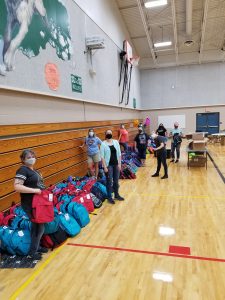
“Social Emotional Learning provides a foundation for safe and positive learning and enhances students’ ability to succeed in school, career and life,” says Leslie Van Leishout, director of student support. “Extensive research shows a positive correlation between the skills taught throughout social emotional learning programs and positive behavior, academic achievement and healthier life choices. Children learn social emotional skills in a variety of ways, including the behavior they see modeled by the adults in their lives.”
SEL encompasses such skills as self-awareness, self-management, social awareness, relationship skills and healthy decision-making. The SEL curriculum, Second Step, was introduced in the district nearly five years ago. Last year, full implementation of the curriculum began in grades PreK-5. Setting aside time to teach it—20 minutes a day, no less—took a little schedule finesse, admits Van Leishout. But the NTPS team recognized that these are important life lessons that foster community and build strong relationships. “These are not soft skills, but essential skills for life,” she adds. “We need to understand how to work together.”
And this is especially true now, during the tumult of COVID-19. “During this time of unprecedented crisis, our individual abilities to manage stress and our connections with others are critical to maintaining emotional wellness,” says Van Leishout. SEL curriculum teaches students skills to:
-
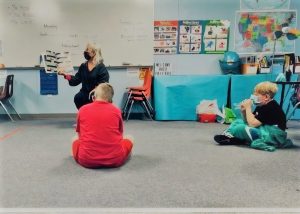
North Thurston Public Schools has been working with students daily on Social Emotional Learning. Photo courtesy: North Thurston Public Schools Control impulses
- Communicate clearly and assertively
- Maintain cooperative relationships
- Make responsible decisions
- Solve problems effectively
- Recognize emotions in oneself and others
- Manage strong emotions
- Have empathy for others
And according to teachers, the focus on SEL is paying off.
“I believe that our social emotional learning time, the connections it creates, and the opportunity for each child to share every day, is the single most important thing we have done during this remote learning experience,” says Nancy Stratton Hall, a third-grade teacher at Horizons Elementary. “Students need to know that they are cared for, and that they matter. This daily meeting helps with accomplishing that goal and gives our class the chance to bond with me and with each other. The time together is priceless.”
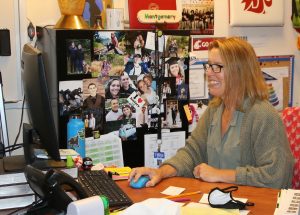
Second Step has many lessons that involve partnering and working together as well as empowering students to state their thoughts and feeling. In lesson 11 in first grade entitled “Showing Care and Concern” students learn to think about how others feel when something goes wrong for them and what they can do to help their friend. There is a feeling song, activities, videos, pictures, and questions to draw out the answers from the students themselves. It is not about telling the kids what to do; it’s about helping them reflect and come to the feelings themselves. This helps them to transfer the knowledge from the lesson to all sorts of situations.
Heather Rader agrees. She teaches fourth grade at Mountain View Elementary and has 25 years of teaching experience. “For me, social emotional learning provides the hooks on which I can hang so many other things we deal with,” she explains. “For example, we talk about complex feelings and how sometimes as we grow up, we have two (or more) strong feelings at the same time. That has allowed students to talk about the complicated nature of this pandemic. Another thing we learned is that everyone of us in class has similarities and differences and that we can still be friends even when we have differences. That was helpful during the election time when we had a way to talk about having different ideas but still being able to get along in our classroom family.”
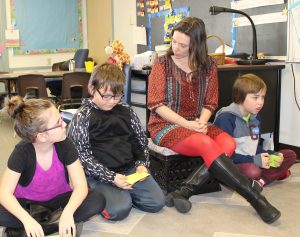
And while SEL is not solely for addressing problems, it provides a great common ground for discussion. “As an elementary school counselor, I work with students experiencing difficult situations,” says Pam Turlove of Lakes Elementary. “During this pandemic, we know kids are struggling with missing friends and feeling isolated. Teachers say that their students really look forward to the SEL lessons. SEL is a time for students to talk about their feelings, to see that they are not alone, and to increase connection.”
“It’s more than a curriculum, it’s a process,” explains Student Support Specialist Hollie Myhr. “This process goes beyond the 30-minute class and one through which all young people and adults acquire and apply the knowledge, skills and attitudes to develop healthy identities, manage emotions and achieve personal and collective goals, feel and show empathy for others, establish and maintain supportive relationships, and make responsible and caring decisions.”
In 2020, Washington State legislators developed SEL standards for schools just like they have for reading, science, math and other coursework. School staff members themselves are supported by, and through, the program. “I feel SEL is unique because research tells us that SEL competencies are taught best when adults in the building are also working on their own SEL competencies,” says Myhr. “In our district, we strive to provide training and professional development to support our staff SEL as well. A few trainings I have offered to staff this year are: Building Staff Resilience, Stress Management and Staff Self Care.”
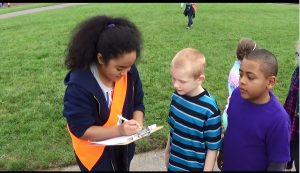
SEL is also being introduced at middle and high schools through CharacterStrong, a curriculum which focuses on the competencies of Self-Awareness, Self-Management, Social Awareness, Relationship Skills, Responsible Decision-Making all of which are part of the Washington State Standards and Benchmarks for SEL. CharacterStrong was started in Washington State and has become an evidence-based curriculum used internationally.
Growing up isn’t easy. Growing up during a pandemic is almost unprecedented. But hopefully the daily SEL portion of a student’s day in North Thurston Public Schools can help combat uncertainties.
“The Washington Department of Health has predicted that upwards of three million Washingtonians will likely experience clinically significant mental/behavioral health symptoms within the next two to five months due to the pandemic, added stress, and the isolation it has created,” says Van Leishout.
She, and the whole NTPS family, hope that continuous, supportive, and open communication using SEL will be the bridge we take on the return to normalcy. To lean more, visit the North Thurston Public Schools website.
Sponsored






































